How to Make Your Own Diamond Painting Wax?
Diamond painting has become a popular craft activity that combines the creativity of painting with the sparkle of diamonds. To create stunning diamond art, one essential tool is diamond painting wax. This wax plays a crucial role in picking up the tiny diamond drills and placing them accurately on the canvas.
In this article, we will explore the world of diamond painting wax, including different types, making your own wax, adding fragrance, using decorative additives, storage tips, alternatives, troubleshooting common issues, and more.
Understanding Diamond Painting Wax
Diamond painting wax is a sticky substance used to enhance the grip of the drill pen, allowing you to easily pick up and place the diamond drills onto the canvas. It is specifically designed to hold the drills securely, ensuring precise placement. The wax acts as an adhesive, preventing the drills from slipping or falling off during the diamond painting process.
Different Types of Diamond Painting Wax
There are several types of diamond painting wax available in the market. These include:
1. Light Pink Wax: Light pink wax is one of the most common types found in diamond painting kits. However, it tends to fall out of the drill pen frequently and may leave residue on the drills after placement.
2. Dark Pink/Red Wax: Another commonly used wax, dark pink or red wax offers better adhesion compared to light pink wax. It sticks well to the drill pen, reducing the need for frequent dipping.
3. Blue, White, Yellow, Purple Wax: These colors of wax are often preferred by diamond painting enthusiasts. They tend to last longer in the drill pen and leave minimal residue on the drills. While there may be slight variations among these colors, the difference in performance is generally negligible.
4. Handmade Wax: Crafters have started making their own diamond painting wax, offering unique options. Handmade wax is often soft, comes in a tin, and provides a secure grip for the drill pen. Some handmade waxes even come with scents, adding an extra sensory experience to the diamond painting process.
Making Your Own Diamond Painting Wax
Making your own diamond painting wax can be a rewarding and cost-effective option. Here’s a simple guide to creating your own wax:
Step 1: Gather the Ingredients
To make your own wax, you will need a few basic ingredients such as beeswax, paraffin wax, or microcrystalline wax, and a small heat-safe container for melting the wax.
Step 2: Melting the Wax
Place the wax in the heat-safe container and melt it using a double boiler or a microwave, following the manufacturer’s instructions.
Step 3: Achieving the Desired Consistency
Once the wax is melted, you can add a small amount of coconut oil or mineral oil to adjust the consistency and make it easier to work with. Stir the mixture until well combined.
Step 4: Pouring and Cooling
Carefully pour the melted wax into a small container or tin, and allow it to cool and solidify completely.
Step 5: Ready to Use
Your homemade diamond painting wax is now ready to use. Simply insert your drill pen into the wax, ensuring it is coated evenly. You can adjust the amount of wax on the pen based on your preference.
Adding Fragrance to Diamond Painting Wax
Adding fragrance to diamond painting wax can enhance the sensory experience and make the crafting process more enjoyable. Here are some tips for adding scents to your wax:
1. Benefits of Scented Wax: Scented wax can create a pleasant atmosphere while you work on your diamond painting. It can uplift your mood and make the crafting experience more relaxing.
2. Choosing the Right Fragrance: Select a fragrance that you find appealing and soothing. Popular options include lavender, vanilla, citrus, or seasonal scents like cinnamon during the holiday season.
3. Methods for Adding Scent: There are a few ways to incorporate fragrance into your wax. You can purchase scented oils or wax melts and melt them together with the diamond painting wax. Alternatively, you can add a few drops of essential oils to the melted wax before pouring it into the container.
4. Precautions and Considerations: If you have allergies or sensitivities, make sure to choose fragrances that won’t trigger any adverse reactions. Test the scent on a small portion of wax before using it extensively.
Sparkles, Glitter, and Decorative Additions
The diamond painting community has explored the trend of adding sparkles, glitter, and other decorative elements to wax. While this can add a unique touch to your diamond painting experience, there are a few considerations to keep in mind:
1. Pros and Cons of Decorative Additives: Decorative additives can enhance the visual appeal of the wax and add an extra dimension to your diamond painting. However, they may affect the texture and consistency of the wax, which could impact its usability. It’s important to strike a balance between aesthetics and functionality.
2. Tips for Incorporating Sparkles and Glitter: If you decide to add sparkles or glitter to your wax, consider using fine particles that won’t interfere with the adhesive properties of the wax. Experiment with small batches of wax before committing to a larger quantity.
Storing and Handling Diamond Painting Wax
Proper storage and handling of diamond painting wax can prolong its lifespan and maintain its effectiveness. Here are some tips to consider:
1. Proper Storage Techniques: Store your wax in a cool and dry place, away from direct sunlight. Avoid exposing it to extreme temperatures as it can cause the wax to melt or harden.
2. Tips for Maintaining Quality: To prevent wax from drying out, keep the lid tightly closed when not in use. If you notice any changes in texture or consistency, it may be time to replace the wax.
3. Cleaning Wax Residue: If wax residue accumulates on the drills, you can gently wipe them with a soft, lint-free cloth or use a small amount of rubbing alcohol to remove any sticky residue. Be careful not to apply too much pressure to avoid damaging the drills or canvas.
Alternatives to Diamond Painting Wax
While diamond painting wax is the standard adhesive used in the craft, there are alternative options available. Here are a few alternatives to consider:
1. Blue Tac: Blue tac, the sticky substance often used to hang posters, can be used as an alternative adhesive for diamond painting. It offers a strong grip, but it’s important to experiment with the amount and application method to find the right balance.
2. Other Materials: Some crafters have explored using double-sided adhesive sheets, glue dots, or even sticky tape as alternatives to wax. These options may require additional experimentation to find the best fit for your diamond painting process.
Troubleshooting Common Issues
During the diamond painting process, you may encounter some common issues related to wax. Here are a few troubleshooting tips:
1. Wax Falling Out of the Drill Pen: If the wax keeps falling out of the drill pen, try adding a small amount of pressure when inserting the pen into the wax. Additionally, ensure that the wax is at the right consistency, not too soft or too hard.
2. Wax Leaving Residue on the Drills: To minimize wax residue on the drills, avoid using excessive amounts of wax. Gently press the drill onto the canvas to secure it without excess wax transferring onto the surface.
3. Difficulty Releasing Drills from the Pen: If you find it challenging to release the drills from the pen, try using a slightly firmer wax or adjusting the amount of wax on the pen. You can also use tweezers or a wax picker tool to help with the release.
Conclusion
Diamond painting wax is a vital component of the diamond painting process, ensuring the accurate placement of diamond drills on the canvas. Understanding the different types of wax, making your own, adding fragrance, and exploring decorative elements can enhance your crafting experience.
Proper storage and handling techniques, along with troubleshooting tips, can help overcome common issues. By experimenting with various options, you can personalize your diamond painting wax to suit your preferences and create beautiful diamond art.
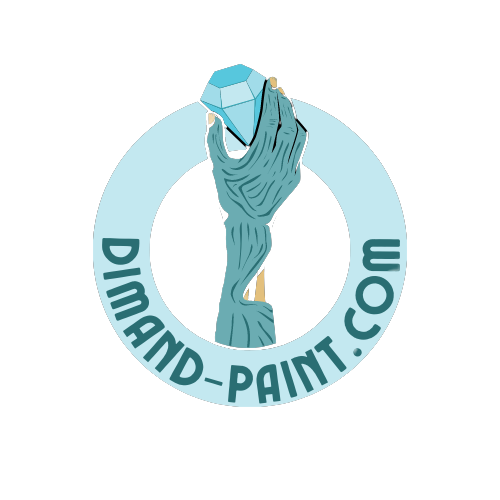
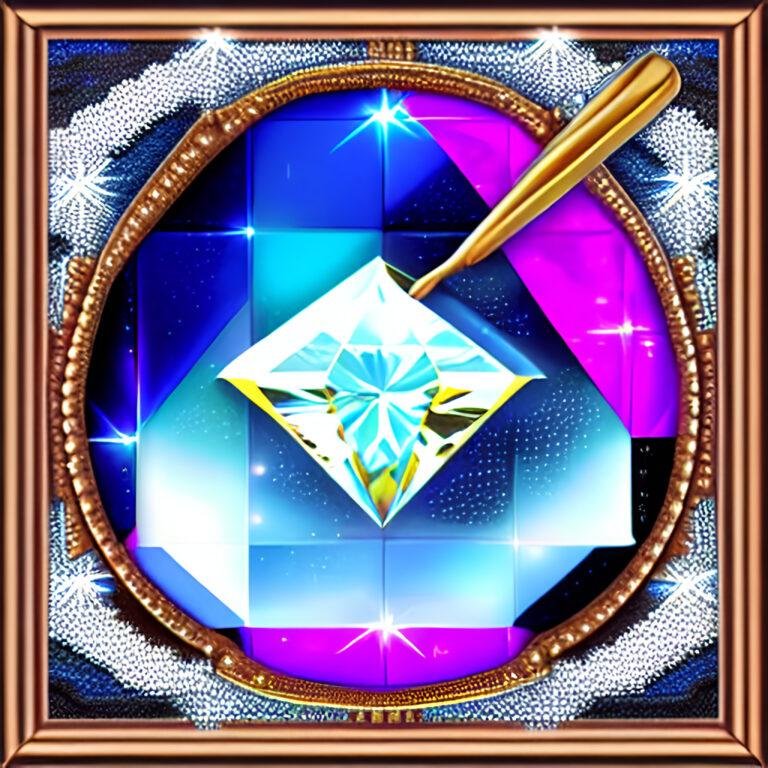
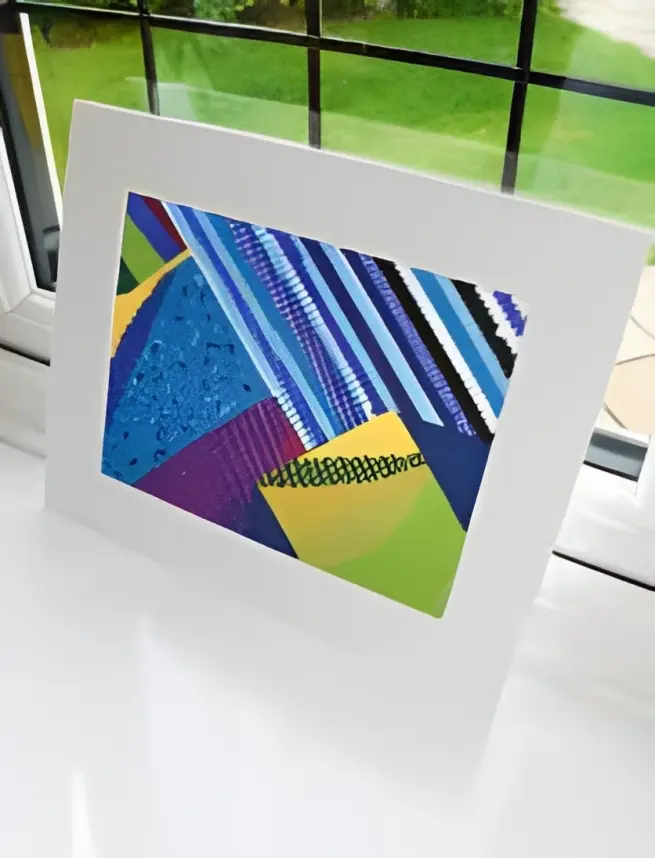
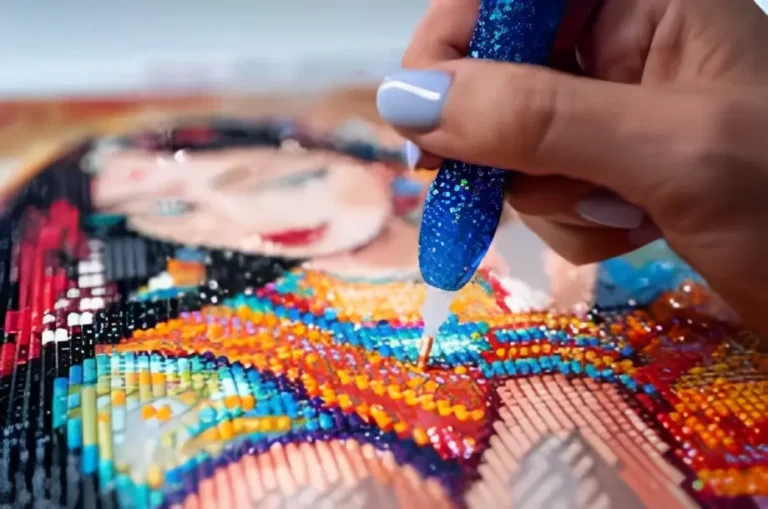
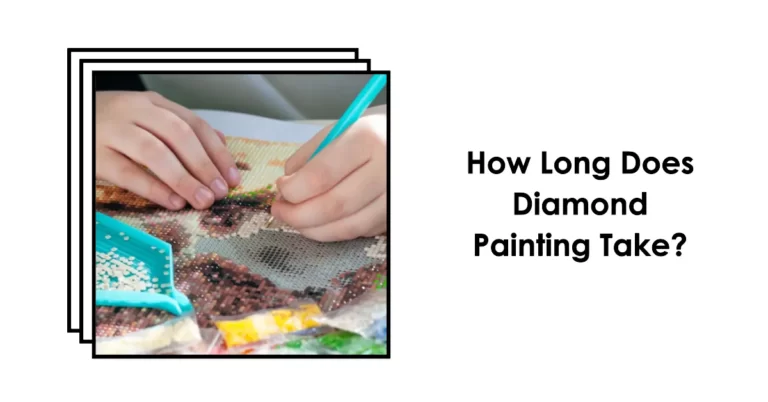
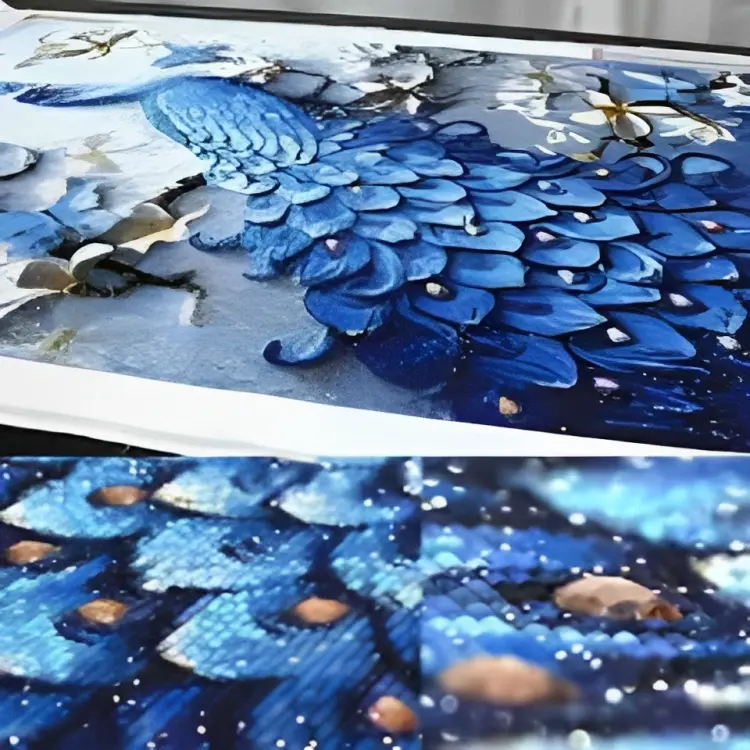

4 Comments